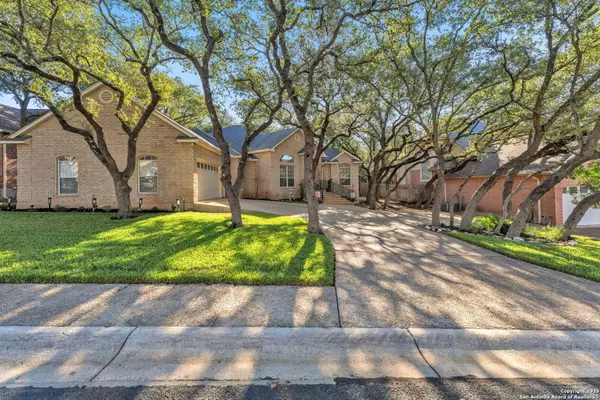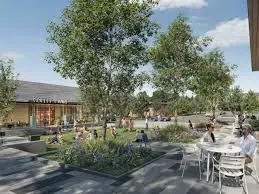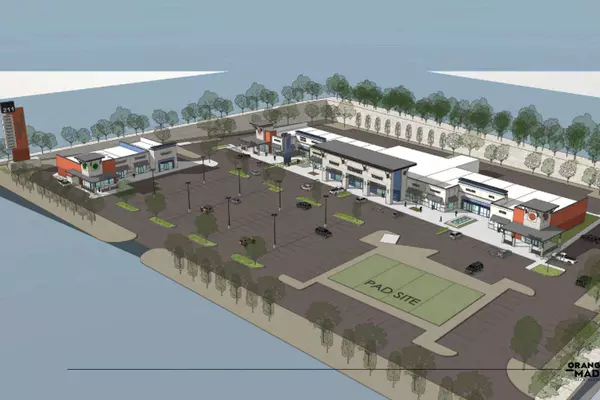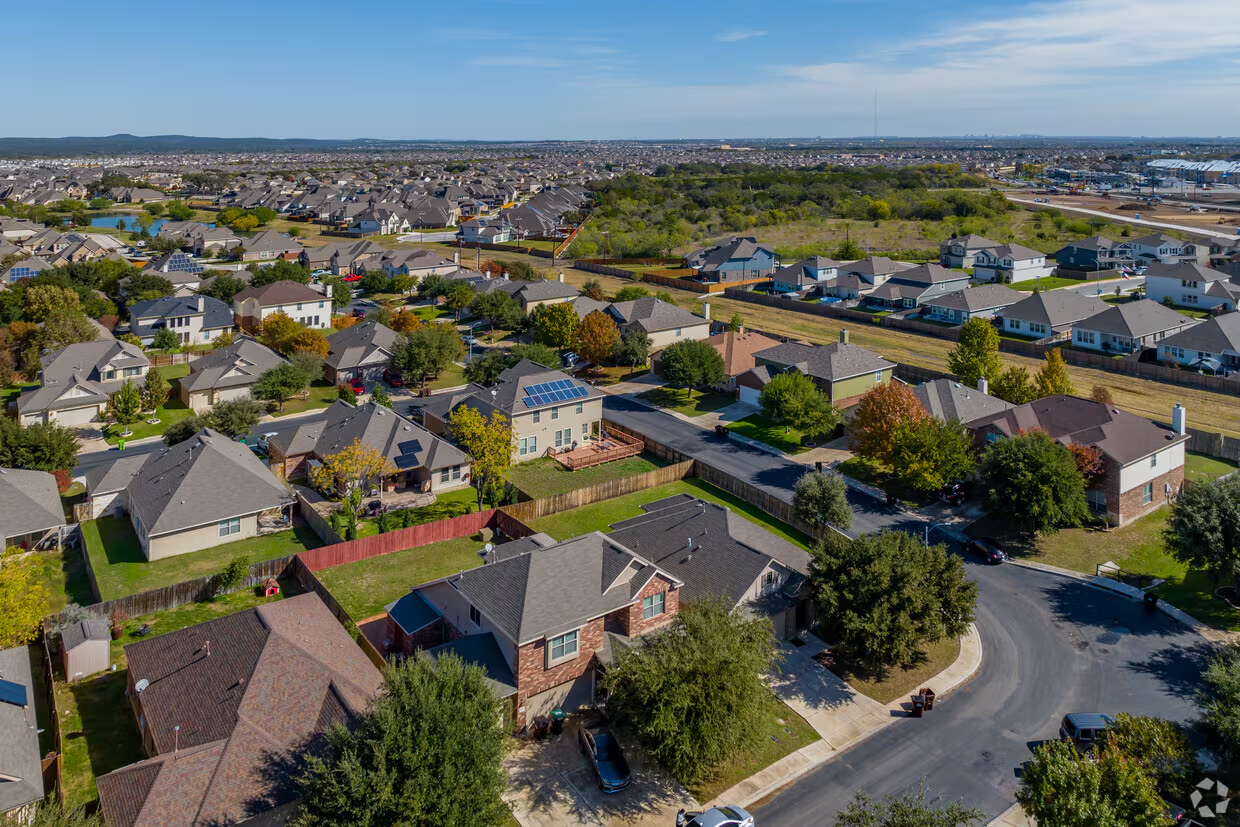Hotel Havana Closing After 15 Years
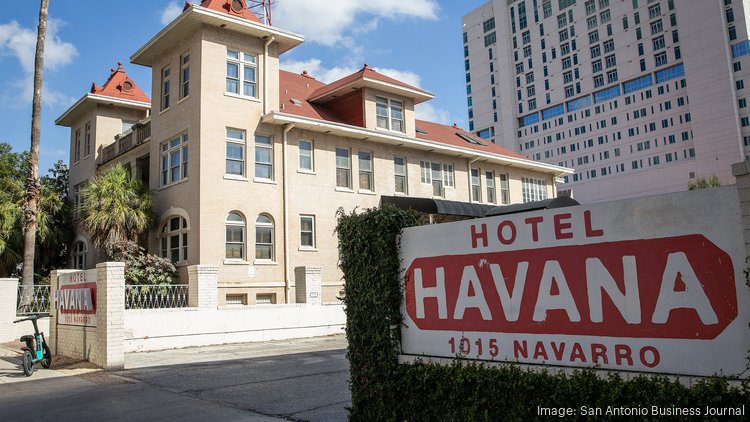
What does the closure of Hotel Havana mean for the River Walk, downtown San Antonio, and the future of local real estate?
After 15 years of charm, culture, and boutique luxury, Hotel Havana—one of San Antonio’s most iconic small hotels—is closing its doors. The announcement marks the end of an era for downtown’s hospitality scene, but it also signals the start of a new chapter for downtown San Antonio real estate and the ongoing evolution of the River Walk area.
As a historic property that blended old-world style with modern creativity, Hotel Havana’s departure offers insight into how shifting ownership, national acquisitions, and redevelopment trends continue to reshape the landscape of San Antonio’s urban core.
A Boutique Icon on the River Walk
Opened in 2010 by celebrated hotelier Liz Lambert, Hotel Havana quickly became a darling of the travel world. Its Mediterranean Revival architecture, eclectic interiors, and romantic personality earned it praise from magazines like Condé Nast Traveler and Travel + Leisure.
Unlike the large-scale hotels that line much of the River Walk, Hotel Havana offered something more intimate and soulful. Each room carried Lambert’s signature mix of vintage and modern—a carefully curated aesthetic of antique furniture, patterned rugs, and pastel-colored SMEG refrigerators that made guests feel as though they’d stepped into another era.
Downstairs, the Havana Bar glowed with red candlelight and quiet mystique, while the upstairs restaurant Ocho offered a greenhouse-inspired space filled with tropical light and turquoise hues. The hotel became a haven for artists, travelers, and locals who valued atmosphere as much as accommodation.
The Announcement and What It Means
In a statement, General Manager Shane Hamilton confirmed that Hotel Havana will officially close on October 20, 2025. He expressed gratitude to the dedicated staff and emphasized their focus on ensuring a smooth transition for guests and employees alike.
While the closure may feel sudden, the signs were there. Ocho—the hotel’s beloved restaurant—unexpectedly shuttered earlier in 2025, with Executive Chef Jesse Kuykendall sharing on social media that the space would soon undergo renovations.
Then came news that Hyatt Hotels had acquired Standard International, the parent company of Bunkhouse Hotels, which owns the Havana. When Hyatt later released a list of properties joining its loyalty program, Hotel Havana was notably missing.
For locals, this omission sparked speculation. Would the hotel be sold? Renovated? Rebranded? As of now, the future of the 1914 building remains unclear.
A Building with Deep San Antonio Roots
Hotel Havana’s story goes back more than a century. Built in 1914 by grocer Edward Franz Melcher, the property originally served as a residence for his visiting vendors. Over time, it fell into disrepair and even operated as a flophouse before its 2010 rebirth.
Lambert’s restoration preserved the building’s Mediterranean Revival character while infusing it with Cuban-inspired flair, fitting for its name and spirit. That combination of history, creativity, and intimacy made Hotel Havana not just a place to stay—but a San Antonio landmark in its own right.
Downtown San Antonio Growth and Market Impact
While the closing is bittersweet, it’s also a reflection of the broader changes in downtown San Antonio real estate. The area surrounding the River Walk continues to evolve with new hotels, mixed-use developments, and residential conversions.
In recent years, demand for space downtown—both commercial and residential—has intensified. With new attractions, cultural investments, and redevelopment projects underway, property values and investor interest in the River Walk corridor have risen steadily.
The loss of a boutique property like Hotel Havana opens opportunities for repositioning. Whether the site becomes another hotel, a private residence, or a hybrid mixed-use space, its location and history ensure it remains a valuable piece of downtown real estate.
For local homeowners and investors, these shifts reinforce a familiar pattern: as iconic landmarks transition, new ones emerge. Change continues to define downtown San Antonio growth, and every redevelopment adds another layer to the city’s dynamic character.
The Broader Real Estate Ripple Effect
For those watching San Antonio’s real estate trends, Hotel Havana’s closure highlights how macro-level business decisions—like Hyatt’s acquisition of Standard International—can influence local properties in significant ways.
When larger hotel chains consolidate, boutique and independent hotels often face difficult decisions. Some properties rebrand under global programs; others, like Hotel Havana, take the opportunity to close, reposition, or even transition into entirely new uses.
For the San Antonio real estate market, these shifts mean potential redevelopment opportunities in prime locations. The Havana’s River Walk address, coupled with its architectural charm, makes it especially attractive to developers interested in blending heritage with modern luxury.
We could see this building transformed into:
-
Upscale residential lofts preserving its vintage character
-
A members-only boutique hotel under new branding
-
A mixed-use concept featuring dining, hospitality, and creative workspaces
Whatever its next iteration, the project will likely attract significant attention—and potentially set the tone for the next wave of boutique redevelopment in downtown San Antonio.
Cultural Shifts and Hospitality Trends
Hotel Havana’s story also mirrors the changing tastes of travelers and locals alike. The rise of experiential travel and design-led hospitality, once pioneered by boutique hotels like Havana, is now standard across many mainstream brands.
As downtown San Antonio becomes more connected through cultural districts, riverfront enhancements, and historic preservation efforts, the line between local experience and global appeal continues to blur. This transition presents both opportunities and challenges for independent operators trying to compete with major hotel groups.
Still, the Havana’s spirit—romantic, creative, and distinctly San Antonio—will live on in the city’s broader hospitality DNA.
Looking Ahead: What Comes Next for the River Walk
The closure of Hotel Havana underscores a moment of transformation for the River Walk area. Over the next few years, San Antonio’s downtown is set to experience major reinvestment, with public and private projects enhancing both livability and tourism.
Expect to see:
-
New residential developments adding modern housing near the River Walk.
-
Redevelopment of historic properties blending preservation with innovation.
-
Expanded pedestrian and cultural zones connecting downtown landmarks.
-
Increased interest from investors recognizing San Antonio’s steady growth and affordability.
For homeowners, these developments reinforce the city’s long-term potential. For real estate professionals and investors, it’s an opportunity to engage with one of Texas’ most distinctive and resilient markets.
The closing of Hotel Havana after 15 years isn’t just the end of a beloved boutique hotel—it’s a reflection of San Antonio’s constant reinvention. From the rise of new luxury brands to the transformation of heritage spaces, the city continues to evolve without losing its charm.
As the River Walk and downtown districts move forward, San Antonio remains a place where history and progress meet—and where every property, from century-old landmarks to modern condominiums, tells part of the story.
Follow us on social media for updates on San Antonio real estate trends, downtown developments, and insights into how our city continues to grow and transform.
📫 Brought to you by Callthecavalrygroup.com – your guide to San Antonio living, growth, and opportunity.
Recent Posts

